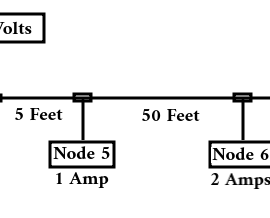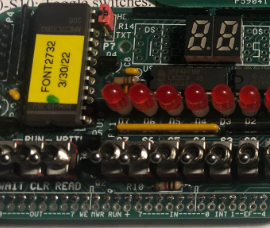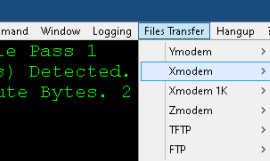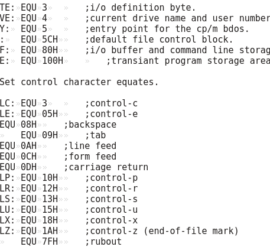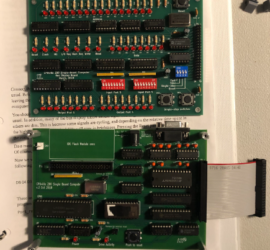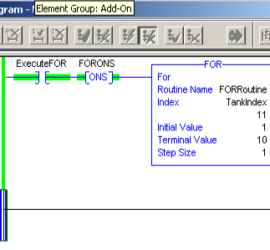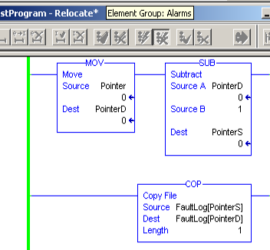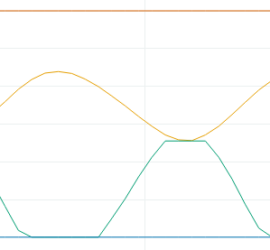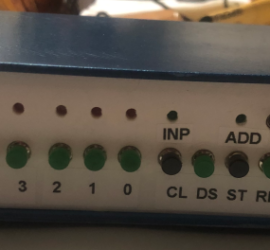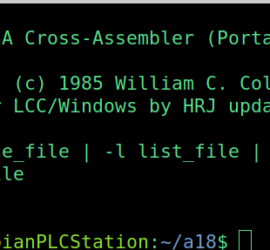DeviceNet Cable Limitations
Introduction to DeviceNet Cable Limitations When Calculating DeviceNet Cable Limitations, it’s important to realize that we cannot exceed a 4.65 volt drop. Basically, we just use Ohms Law to calculate this voltage drop. There is some important information we need before we begin our calculation. First, we need to know Read More »

